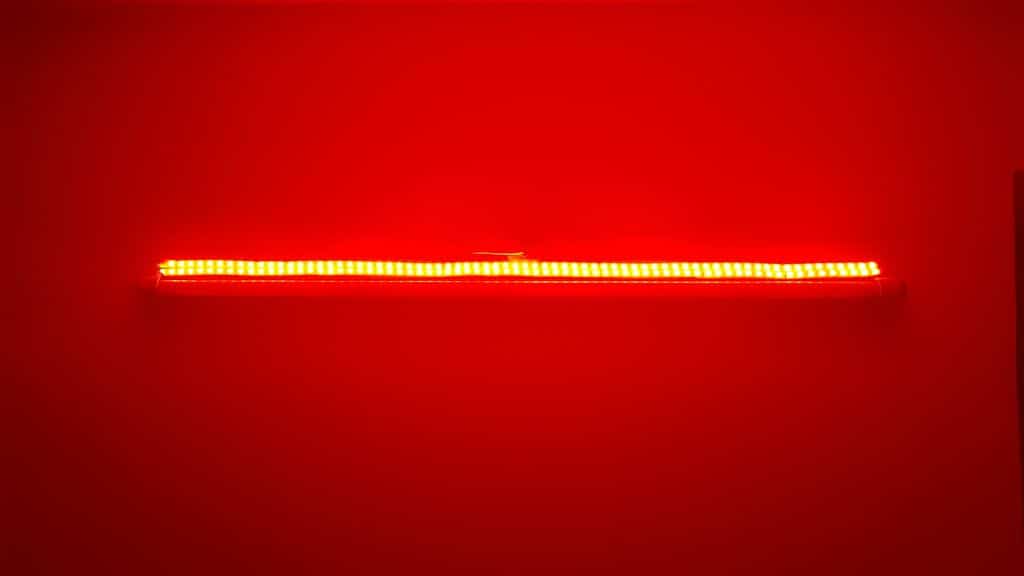Light has more of an effect on your mood than you might initially think. It’s actually been shown in study after study that brighter light improves your mood while dimmer lighting (or lack of light altogether) results in a drop-off in mood or even depression.
Mood Lighting: Researchers Say It’s All in Your Head
The intensity of light has such a powerful effect on our moods since light alters our hormones and limbic system, which is the part of the brain that controls emotions.
Brain chemicals like melatonin and serotonin are affected by dim lighting. Your brain is essentially gauging the amount of light in the environment minute-to-minute and deciding whether its nearing bedtime – as your brain detects less light, melatonin shoots up and your circadian rhythm gets your body ready for bed by making you tired.
This whole process can definitely be a problem if you’re in a dimly-lit environment during the morning, or a brightly-lit environment during nighttime. Although you’re more alert and perky when around brighter lights, staring at a laptop or being around bright lights at night can actually alter your circadian rhythm and worsen your mood long term.
Sometimes just the presence of bright lights in the morning can restore peoples’ moods and circadian rhythms. This is because your brain is churning out more serotonin and improving your mood when you’re exposed to bright lights.
The flip side is that low lighting, shorter days and wintertime have been linked to Seasonal Affective Disorder and higher rates of depression.
The trick is to understand that bright lights are associated with more alertness and improved mood while “mood lighting” or dimmer lighting is associated with relaxation. Just knowing that could help you make informed choices about when to use indoor LED lights with warmer color temperatures versus brighter lights to illuminate your home.

Color Temperature and Mood
Dimmer LED lights or LED lights with a lower color temperature are recommended for use in the evening or whenever you’re looking to relax. Why? These kinds of LED lights are telling your brain that it’s about time to go to sleep and take it easy; your brain responds by increasing the amount of melatonin and getting your circadian rhythm moving towards sleep.
Essentially, during the evenings you want to exposure yourself to LED lights with warmer color temperatures and dimmer lighting. LED lights with a color temperature of around 3000 kelvin are perfect for slowing down your mind, grabbing a pillow, and letting go of the day’s worries.
It’s important not to use too many electronic devices near bedtime since these are equally bright or brighter than natural light and could trick your brain into releasing more serotonin and giving your more alertness than you need before bed.
Outdoor daylight is around 5500 kelvin, and color temperatures that bright would not be ideal for getting ready for bed.
Ideal Lighting for Mood Improvement
Cooler color temperatures on the higher end of the color-temperature spectrum might be more suited for early in the day. LED lights around 5000 kelvin are good facsimiles for natural lighting and can cause your brain to release more serotonin and literally (pardon the upcoming pun) brighten your day.
Use Lighting to Naturally Lift Your Spirits
If you’ve ever considered the term “mood lighting” and felt its effects, then you can probably appreciate how warmer color temperatures and dimmer lighting has a calming effect on your mood.
These warmer color temperatures are conditioning your brain to relax and wind down as opposed to cooler color temperatures and brighter lighting that revs up your brain for the challenges in the day ahead.